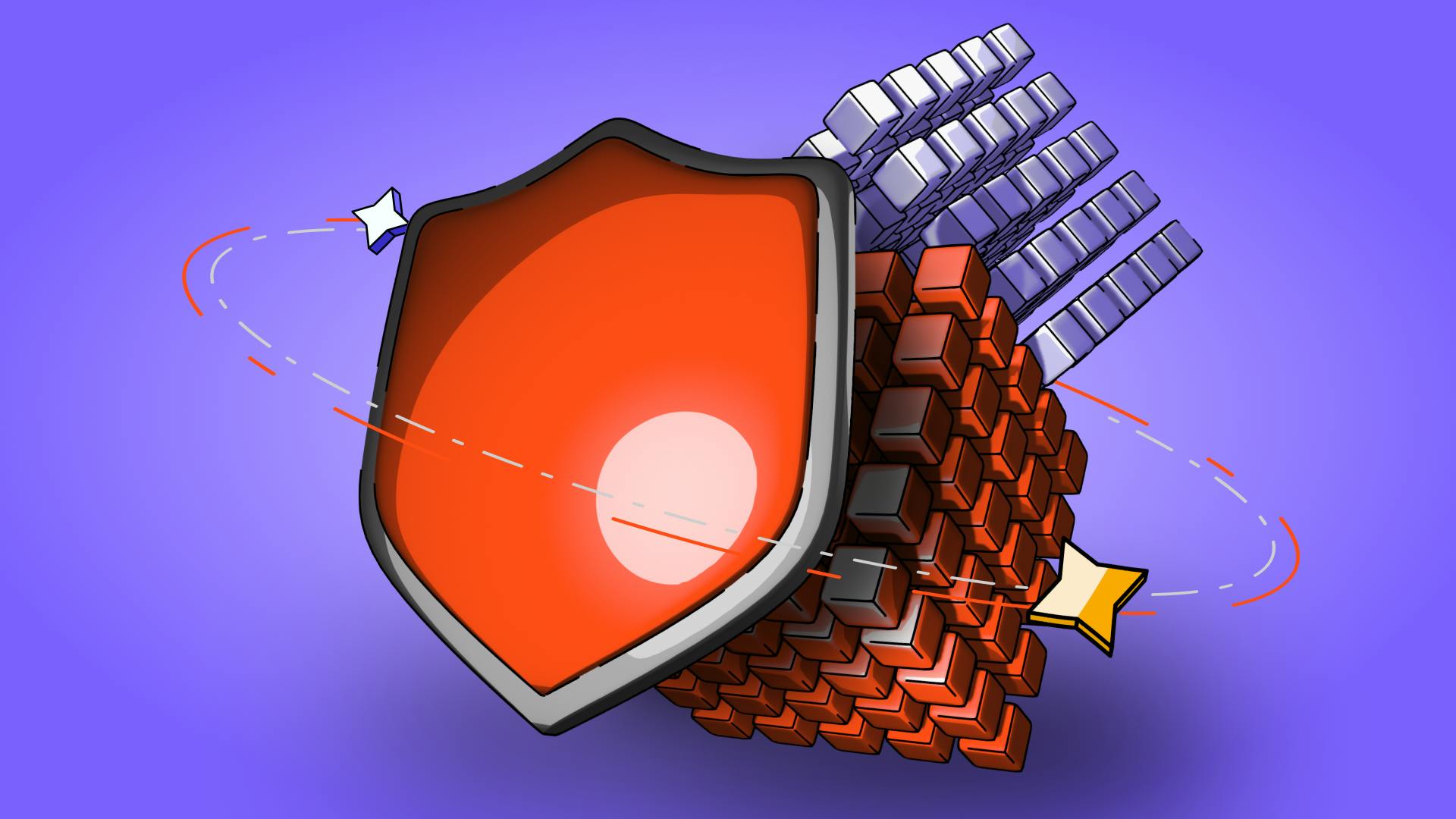Quantum Resistant Blockchains: Preparing for the Post-Quantum Era
December 5, 2025

by Coinmetro Editorial Team
December 5, 2025
Quantum computing represents a significant leap in computational power compared to classical computing. Unlike classical computers that use bits to represent data as either 0 or 1, quantum computers use quantum bits or qubits, which can exist in multiple states simultaneously thanks to principles like superposition and entanglement.
This unique property allows quantum computers to perform complex calculations exponentially faster than classical computers for certain tasks. For instance, while classical computers struggle with factoring large numbers, a fundamental operation in cryptography, quantum computers could potentially solve such problems in a fraction of the time.
The rise of quantum computing could potentially pose a threat to the security of blockchain technology. Traditional blockchain systems rely on cryptographic algorithms like RSA and ECC to secure transactions and ensure data integrity. However, these algorithms may be vulnerable to attacks from quantum computers. For example, Shor's algorithm, a quantum algorithm developed in 1994 by the mathematician Peter Shor, could theoretically factor large numbers quickly, compromising the security of cryptographic keys used in blockchain transactions.
There is a growing need for quantum-resistant algorithms in blockchain technology to address the threat of quantum computing. Research and development efforts are underway to develop and implement such quantum-resistant cryptographic algorithms for blockchain systems. These algorithms are designed to withstand attacks from quantum computers by leveraging mathematical principles that remain secure even in the presence of quantum adversaries. Such solutions may include lattice-based cryptography, hash-based signatures, and multivariate cryptographic systems. Read this blog to understand more about these solutions and how they can effectively protect against quantum attacks.
Post-quantum cryptography aims to safeguard blockchain networks against quantum computer attacks. Some promising post-quantum cryptographic algorithms include:
Lattice-based cryptography: Lattice-based cryptography is based on the mathematical concept of lattices in multidimensional space. This cryptography system secures data using a complex structure of points in high-dimensional space. Blockchain encrypts transactions by embedding them in these spatial grids, where decoding them correctly requires solving extremely challenging mathematical problems, known as the Shortest Vector Problem (SVP) or Closest Vector Problem (CVP). These problems are so hard that even quantum computers struggle with them, making lattice-based methods a robust defense for blockchain technology against quantum threats.
Hash-based signatures: Hash-based signatures rely solely on the security of hash functions, which are easier to compute in one direction than the reverse. This type of cryptography is known for its simplicity and speed, which make it highly effective for environments requiring fast processing times, such as transactions on a blockchain. Hash-based signatures are believed to be resistant to quantum computing attacks but also well-understood and relatively easy to implement with current technology.
Code-based cryptography: Utilizes error-correcting codes and schemes to detect errors within data transmissions. The security of this method is rooted in the difficulty of the decoding problem, precisely the challenge of decoding a randomly chosen linear code, known as the Generalized Minimum Distance (GMD) decoding problem. This problem remains computationally challenging for both classical and quantum computers.
In blockchain applications, code-based cryptographic algorithms can be employed to encrypt transactions or to create digital signatures. The robustness of these systems against quantum attacks makes them potentially suitable for future-proofing blockchain technologies. They are also appealing because they typically require simpler arithmetic operations than other post-quantum methods, potentially leading to faster processing times and lower computational overheads.
Each of these cryptographic methods may provide a framework for securing blockchain technology against the potential future threat of quantum computing. By integrating these quantum-resistant algorithms, blockchain developers can enhance the security of their systems, ensuring that they remain robust in the evolving technological landscape.
Integrating quantum-resistant measures into existing blockchain networks presents several technical challenges. One major issue is ensuring the new cryptographic standards are compatible with current blockchain architectures. To address this, developers can adopt a phased approach, gradually implementing hybrid models that support both classical and quantum-resistant algorithms. This strategy allows networks to maintain compatibility while progressively enhancing their security.
Several blockchain projects state they have integrated quantum-resistant features. For example, the Quantum Resistant Ledger (QRL) is specifically designed to be secure against quantum attacks, utilizing hash-based signatures. Another project, IOTA, uses a form of post-quantum cryptography known as the Winternitz One-Time Signature Scheme. These projects demonstrate that while adopting quantum-resistant measures can be challenging, with careful planning and execution, it may be feasible.
However, as only a few quantum computers are currently available, these blockchain systems have yet to be rigorously tested against quantum attacks. Consequently, there are doubts about their actual quantum resistance. More research and practical testing will be necessary to validate and possibly improve the effectiveness of these technologies against advanced quantum threats.
Regulatory bodies are starting to recognize the need for quantum-resistant blockchain solutions as part of their broader approach to securing digital assets. As quantum computing technology advances, governments and financial institutions understand the potential threats to the cryptographic foundations of current blockchain systems. In response, they are beginning to develop guidelines that ensure new blockchain technologies incorporate quantum-resistant features to safeguard financial systems. Compliance with these evolving regulatory requirements is crucial for cryptocurrency firms; it ensures their solutions are robust against future technological disruptions and aligns with legal standards that might dictate the specifics of cryptographic implementations. However, it's important to note that we are still in the early stages of this development, and there is a long way to go before these measures are implemented on a large scale.
The adoption of quantum-resistant blockchain technology also raises important legal and ethical considerations. For instance, there is an ongoing debate about the accessibility and control of quantum computing resources, which could lead to inequalities in the digital landscape. Additionally, as regulations evolve to accommodate new technologies, blockchain projects that adopt quantum-resistant features might face significant shifts in compliance demands, impacting their operations and development strategies. The ethical handling of data security, particularly in preventing misuse or unfair monopolization of quantum technologies, is becoming increasingly important. Stakeholders in the blockchain space need to stay informed about these changes and actively engage in shaping the regulatory discussions that affect their industries and technologies.
The intersection of quantum computing and blockchain technology marks a critical juncture for digital security. As quantum computers advance, they significantly threaten traditional cryptographic methods that underpin current blockchain systems. This advancement necessitates the adoption of quantum-resistant algorithms to secure blockchain networks against potential quantum attacks. The emerging field of quantum-resistant cryptography, including lattice-based cryptography, hash-based signatures, and code-based cryptography, may offer robust solutions designed to withstand the capabilities of quantum computing.
Implementing these technologies presents challenges, notably in ensuring compatibility with existing blockchain architectures and compliance with evolving regulatory frameworks. Moreover, the actual quantum resistance of these innovations remains untested due to the limited availability of quantum computers for real-world testing. This highlights the need for ongoing research, development, and practical testing to validate and refine these quantum-resistant solutions.
As regulations begin to catch up with technological advances, quantum-resistant technologies' legal and ethical implications become increasingly significant. Proactive measures are essential not only for the security and viability of blockchain networks but also for ensuring fair access and preventing potential misuse of quantum technologies.
In summary, the development and integration of quantum-resistant blockchain technologies are crucial. They require coordinated efforts among developers, researchers, regulators, and industry stakeholders to ensure that blockchain technology remains secure and viable in the coming era of quantum computing.
Join the Coinmetro community on Discord and Telegram, where forward-thinking traders and investors gather to share insights, explore new opportunities, and dive deep into cryptocurrencies. Should you need any help, please reach out to our world-class Customer Support Team via 24/7 live chat or email at hello@coinmetro.com.
To become a Coinmetro user today, Sign Up now, or head to our new Exchange if you are already registered and experience our premium trading platform.
Tags
Related Articles

Regulatory Sandboxes: Fostering Crypto Innovation Within Legal Frameworks
The cryptocurrency industry’s fast rise fuels an important debate. Innovation aims to transform finance, enhancing speed and access. Yet, regulators…
5m

Crypto Options Trading: Strategies and Market Insights
Cryptocurrency markets have rapidly expanded beyond simple buying and selling. One of the most significant developments has been the rise of…
6m

The Rise of Social-Fi: Blending Social Media with Decentralized Finance
In recent years, social media and finance have started to merge, creating Social-Fi. This concept blends the engagement of social platforms with…
6m

DeFi Insurance Platforms to Watch in 2024
Decentralized Finance (DeFi) insurance addresses the growing need for insurance against hacks, smart contract failures, and other DeFi-related risks.…
7m